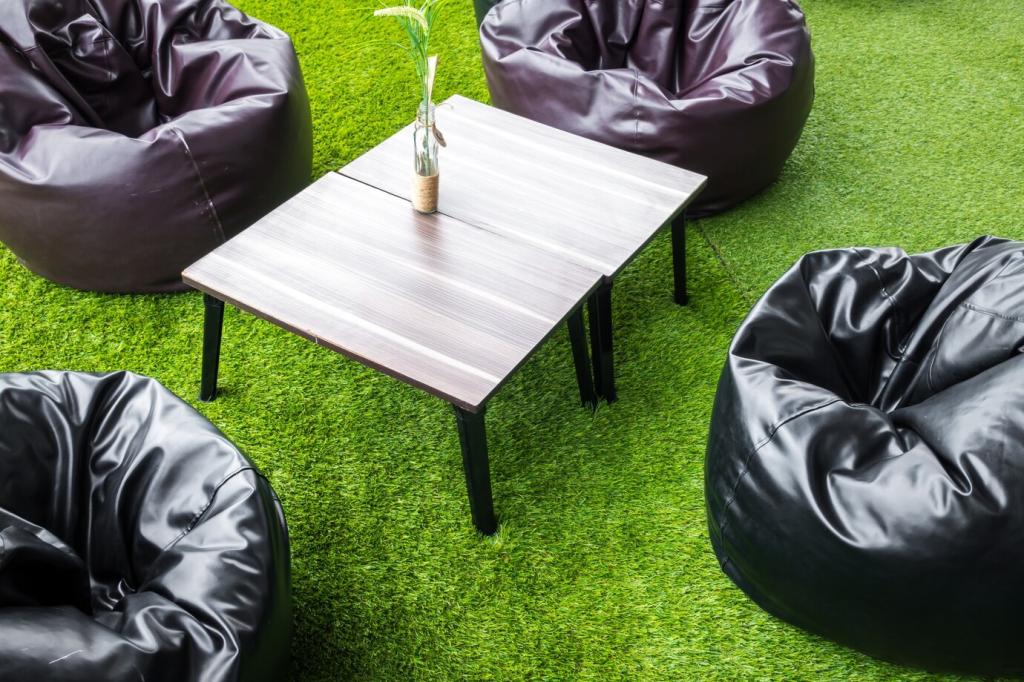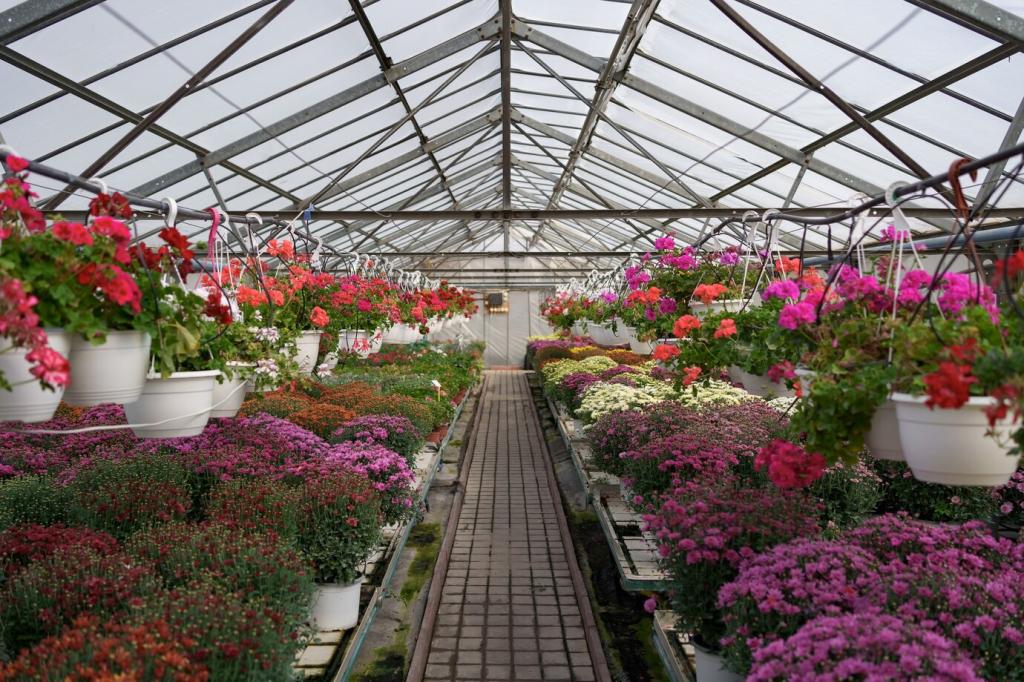
Smarter Comfort: Energy‑Efficient HVAC Systems
Chosen theme: Energy‑efficient HVAC Systems. Step into a practical, inspiring guide to quieter comfort, lower bills, and a lighter footprint—built on real stories, clear tips, and actionable ideas you can start using today.
What Energy‑Efficient HVAC Really Means
Demystifying SEER, HSPF, AFUE, and COP
SEER gauges cooling efficiency over a season, HSPF measures heat pump heating performance, AFUE reflects furnace fuel utilization, and COP captures real‑time heat pump efficiency. Higher numbers generally mean less energy for the same comfort, especially when paired with quality design and informed settings.
Right‑Sizing Instead of Over‑Sizing
Oversized systems short‑cycle, waste energy, and struggle with humidity. Proper Manual J load calculations match equipment to your home’s actual needs, stabilizing temperatures and improving comfort. Share your climate and home type below, and we’ll help you think through the right sizing approach.
Zoning and Variable Speed as Efficiency Allies
Zoning sends conditioned air only where it’s needed, while variable‑speed compressors and blowers modulate output smoothly. The result is quieter operation, better humidity control, and reduced peaks. Tell us which rooms run hot or cold, and we’ll suggest practical zoning or modulation strategies.

Load Calculations That Respect Climate and Envelope
Insulation levels, window orientation, air sealing, and local weather shape your heating and cooling needs. A careful calculation prevents both undersizing and expensive oversizing. Share your region and house age, and we can point you toward climate‑appropriate targets and upgrade priorities.

Ductwork That Doesn’t Leak Money or Comfort
Leaky ducts can waste 20–30% of airflow, forcing equipment to run longer and louder. Mastic‑sealed joints, short straight runs, and proper sizing protect efficiency. If your rooms feel uneven, describe the layout below so we can suggest sealing or redesign ideas that actually work.

Placement, Sun, and Shading Considerations
Outdoor units prefer shade and clear airflow; indoor returns need unobstructed paths. Avoid attic ovens and cramped closets that strangle performance. Drop a note about your equipment locations, and we’ll help you weigh noise, airflow, service space, and weather exposure for better results.
Thermostats That Learn Your Rhythm
Learning thermostats track patterns and gently adjust setpoints, preventing energy‑hungry swings. Over time, they align comfort with occupancy, not guesswork. Tell us your daily routine, and we’ll recommend setback ranges that balance comfort, humidity control, and compressor health through calmer, longer cycles.
Sensors, Schedules, and Setback Strategies
Room sensors expose hot spots, occupancy sensors skip conditioning empty spaces, and smart schedules reduce nighttime and workday loads. Start small: two degrees of setback can matter. Share what hours you are away, and we will suggest a schedule tuned to your lifestyle.
Maintenance Habits That Pay Back
Clogged filters choke systems, driving up energy use and noise. Choose a filter rating your blower can handle, and replace on schedule. Tell us your allergy concerns and system model, and we will recommend a filter strategy that balances clean air with efficient airflow.
Maintenance Habits That Pay Back
Low or high refrigerant charge erodes efficiency and comfort. Dirty coils insulate against heat transfer, forcing longer runtimes. Schedule checks before extreme seasons, and keep outdoor units free of debris. Share your last service date, and we’ll suggest timing for your next tune‑up.


Stories from the Field: Real Homes, Real Savings
Maya’s 1940s bungalow swapped a tired furnace and window AC for a variable‑speed heat pump. Bills dropped noticeably, and summer humidity finally calmed. Her surprise? How quiet mornings became. She credits proper duct sealing and right‑sizing—plus a patient installer who explained every choice.
Stories from the Field: Real Homes, Real Savings
A small design studio zoned its open area and meeting rooms separately, added sensors, and trimmed noisy short‑cycling. Complaints evaporated, calls sounded clearer, and electricity use fell. The team now checks weekly runtime graphs and votes on schedule tweaks like a collaborative comfort ritual.


Future‑Proofing with Heat Pumps and Renewables
Cold‑Climate Heat Pumps Explained
Modern compressors, vapor injection, and sophisticated defrost cycles keep heating strong even in deep cold. Look for high HSPF ratings and extended capacity curves. Share your winter lows, and we will discuss whether dual‑fuel or all‑electric makes the most sense for your comfort goals.
Pairing with Solar and Storage
Smart heat pumps can pre‑heat or pre‑cool when the sun is generous, then glide on stored energy later. That timing trick boosts self‑consumption and trims grid peaks. Tell us your solar size and habits, and we will suggest scheduling strategies that stretch every watt.
Low‑GWP Refrigerants and What’s Next
The industry is pivoting to lower‑impact refrigerants and tighter systems to minimize leaks. Expect new safety standards, better charge management, and continued efficiency gains. Curious what that means for you? Ask below, and we will help translate acronyms into clear homeowner decisions.
